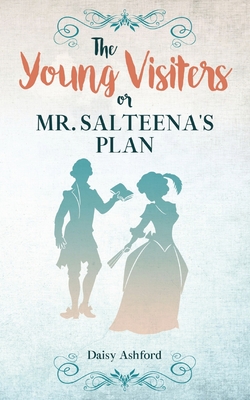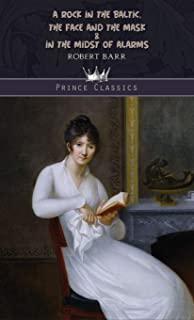
Over a century after its publication, the novella "The Young Visiters" by nine-year-old Daisy Ashford still captivates readers young and old. At first glimpse, its narrative may seem sweetly simple - an account of the bumbling Mr. Salteena, who endeavors to better his station in fashionable society by introducing himself and his young teenage friend Ethel Monticue into London's social scene. However, concealed beneath its innocence and whimsy lies a wry yet compassionate glimpse into the absurdities and pretenses that drive humankind.
What gives this gem its cross-generational appeal is Ashford's charming ability to capture universal truths through the focused lens of the young and guileless. We chuckle at Mr. Salteena's social awkwardness and transparency as he grasps after refined connections, yet we have all privately felt the same gauche self-consciousness when struggling to belong. Ashford's precocious wit recognizes that even the elite hide insecurities behind their finery, as "Lady Pumphle had a very jealous nature though her face did not show it."
At its core, this is a tale that revels in stripping away insincerity to reveal the hope and foibles that dwell in all human hearts. Ashford's Ethel delivers subtle moxie behind her "very plain" looks; the Marquess they meet turns out to have simple dreams beneath noble trappings. There is sympathy for fragile facades that crumble when encountering sincerity. This is a microcosm of Edwardian society, yet one where authentic human connection glimmers through.
Sparkling with innocent wisdom while playfully reflecting inner quirks, "The Young Visiters" makes us pause and smile at our own ambition, pretense, and desire for connection. We see ourselves in these characters, bridging beyond age or time. A century later, this precocious novella still entrance readers through its empathetic humor and timeless charm.







